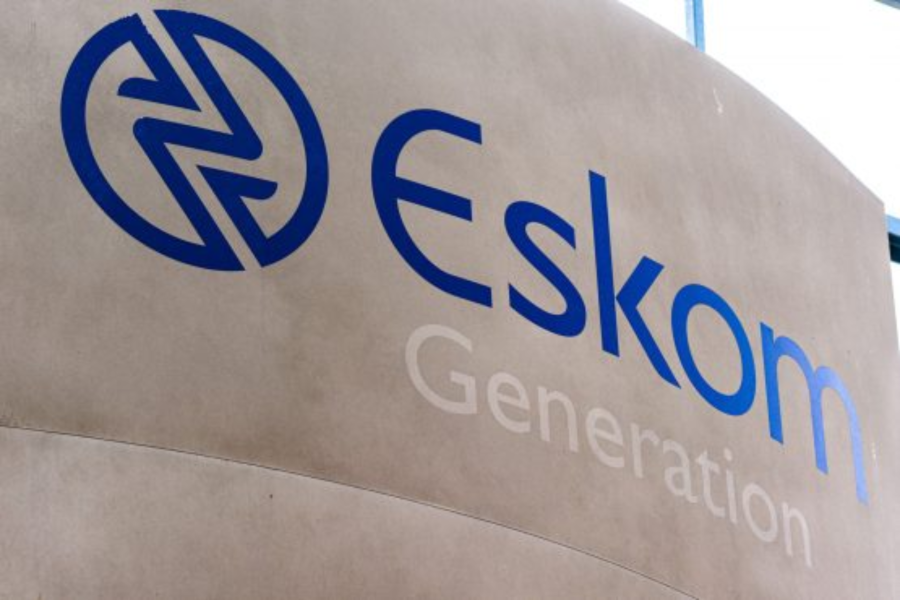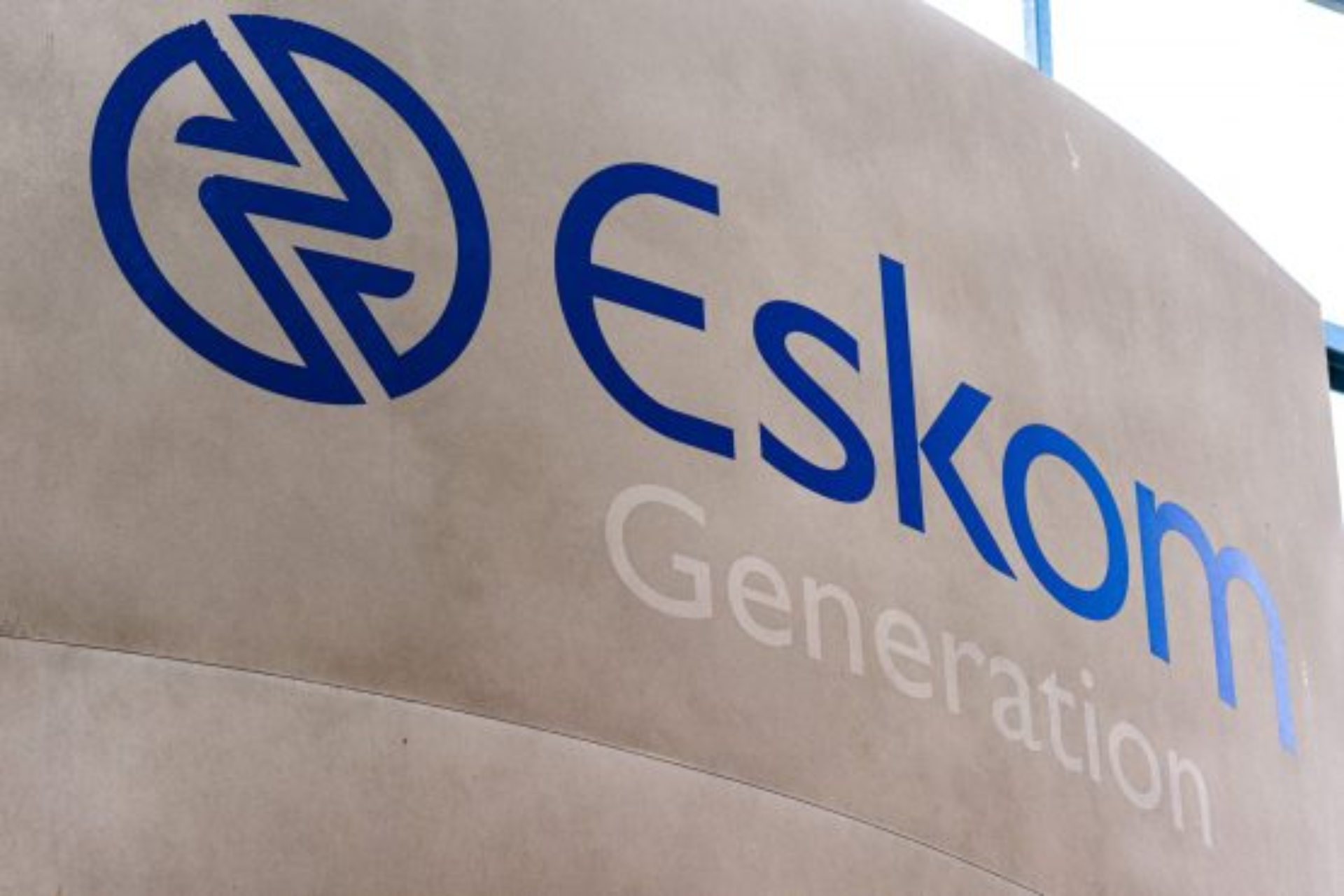
Eskom achieves milestone last seen three years ago
Eskom has achieved an Energy Availability Factor (EAF) of 70.78%, a feat last achieved in 2021.

Eskom has attained an Energy Availability Factor (EAF) of 70.78%, a milestone not reached in almost three years.
ESKOM BIG ACHIEVEMENT IN THREE YEARS
Minister in The Presidency responsible for Electricity, Kgosientsho Ramokgopa, shared this information during a media briefing on Monday, discussing the progress of the Energy Action Plan’s implementation.
For over a month, the power utility has halted load shedding.
“As I stand before you today, the Energy Availability Factor of Eskom has breached the 70% mark. That’s significant. The last time we achieved this was in August 2021.
“The month-to-date statistics suggest that we are at 64.34%, and for the year-to-date, we are at 59.92%.
“This has happened over a period of time, stretching from the appointment of [the current Eskom] board in October 2022.
“It will be codified in the Energy Action Plan unveiled by President Ramaphosa [in] July 2022, the appointment of the Minister in The Presidency responsible for Electricity, the stabilisation of the management team, the introduction of performance-related incentive bonuses, and the isolation of critical stations that require attention,” he said.
The Minister noted that during escalated load shedding, attributed to increased and extensive maintenance activities, the government maintained that enduring short-term inconvenience would lead to substantial long-term benefits.
“The aggressive maintenance-led recovery plan is beginning to yield fruits. When we entered December 2023 and transitioned into January 2024, we reached the highest levels of planned maintenance in three years.
“We took out 18% of the total generating capacity into planned maintenance, and these units are coming back.”
According to BusinessTech, Ramokgopa highlighted that due to the enhanced performance of Eskom’s coal fleet, the power utility now relies less on Open Cycle Gas Turbines (OCGTs), which require diesel consumption.
“What we are told in the public domain that the result of this improvement is due to diesel burning.
“There could be nothing further from the truth. This is anchored by these machines at Kusile and many other power stations.
“The load factor of the OCGT has decreased from what was previously 19.13% to now what is 6.8%. So we have reduced it by about 13 percentage points.
“What anchors this recovery is the performance of these coal-fired power stations,” Ramokgopa said.
BUSINESS RESCUES ANC FROM LOAD SHEDDING CRISIS: TIME FOR A ROUND OF APPLAUSE?
Across South Africa, there’s widespread surprise over the abrupt halt of load shedding, initially attributed to the onset of the 2024 election campaign.
However, emerging insights suggest a different narrative: business stepped up to the plate.
In desperation, the government acquiesced, allowing companies to take charge, resulting in the successful crisis resolution.
The recent report-back from the Business for South Africa (B4SA) group has delivered a startling message: they announced that load shedding will be alleviated to Stage 1 by the year’s end and completely eradicated by 2025. Is this prediction genuinely plausible?
According to the Daily Mavericks, all the enhancements poised to propel South Africa forward hinge on renewable energy sources, supplemented by contributions from open-cycle gas turbines.
Reflecting on this trajectory, Mackay commented, “We witnessed substantial growth in rooftop solar installations last year, totalling around 2,600MW.
While the pace may have slowed slightly, we anticipate sustained growth in the foreseeable future.
Additionally, we’re witnessing a notable surge in large-scale corporate utility projects.” Mackay further asserted that these advancements will likely surpass initial projections by 2025, emphasising that current grid capacity remains adequate to accommodate this expansion.
However, this progress doesn’t come without expenses. Eskom continues to consume significant quantities of diesel, although the expenditure hasn’t escalated beyond previous years.
Mackay disclosed that Eskom’s diesel expenditure amounted to R19 billion in 2022 and nearly R30 billion in 2023. Remarkably, diesel consumption for the current year is lower compared to 2023 and 2024.
